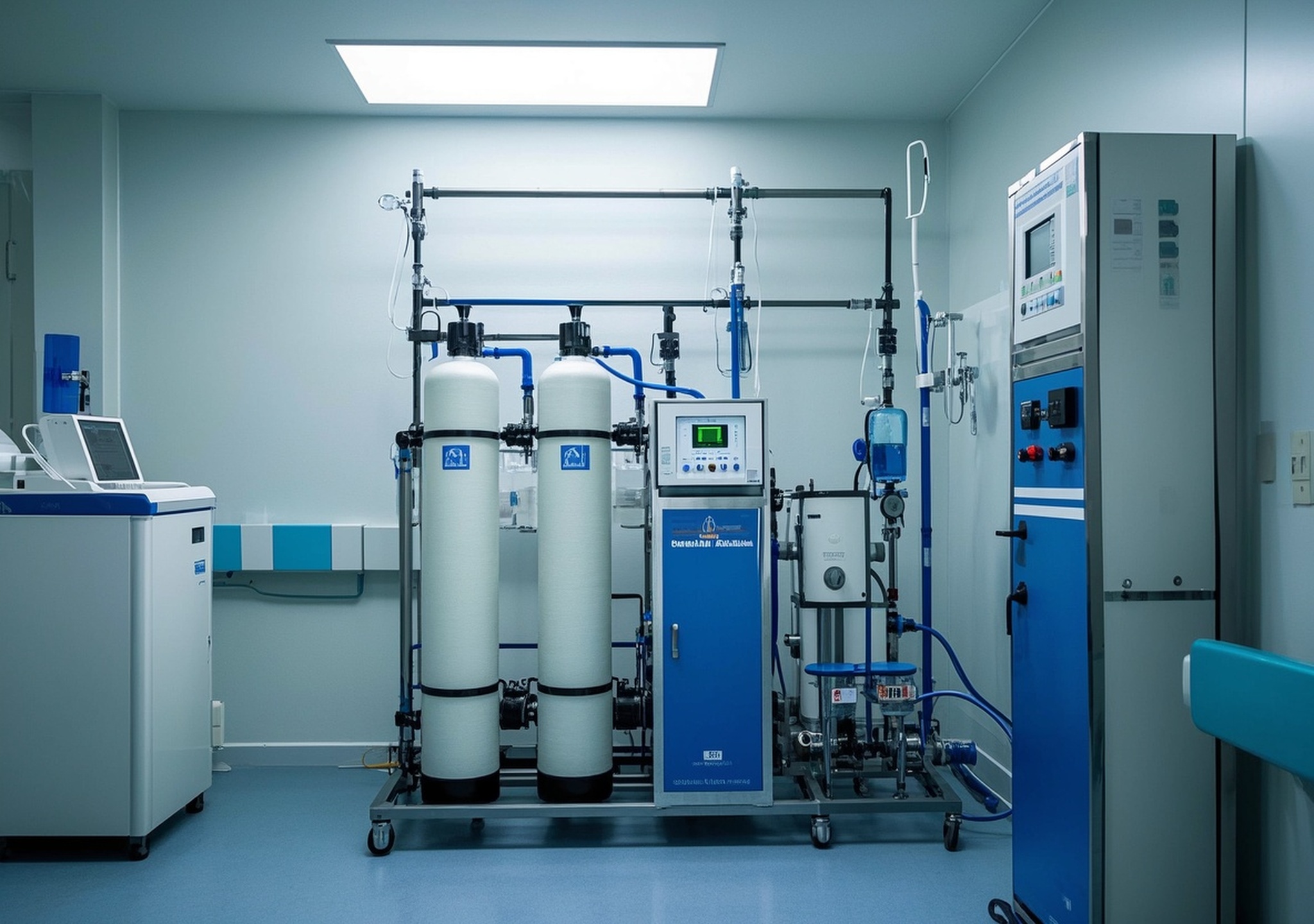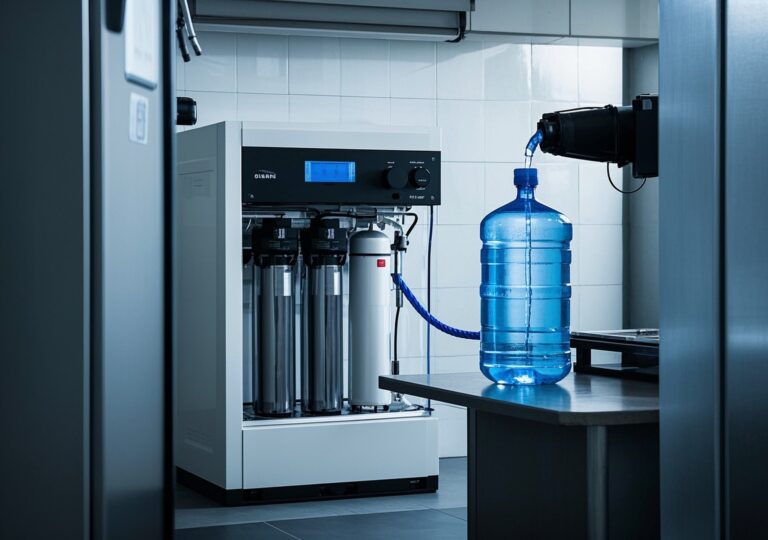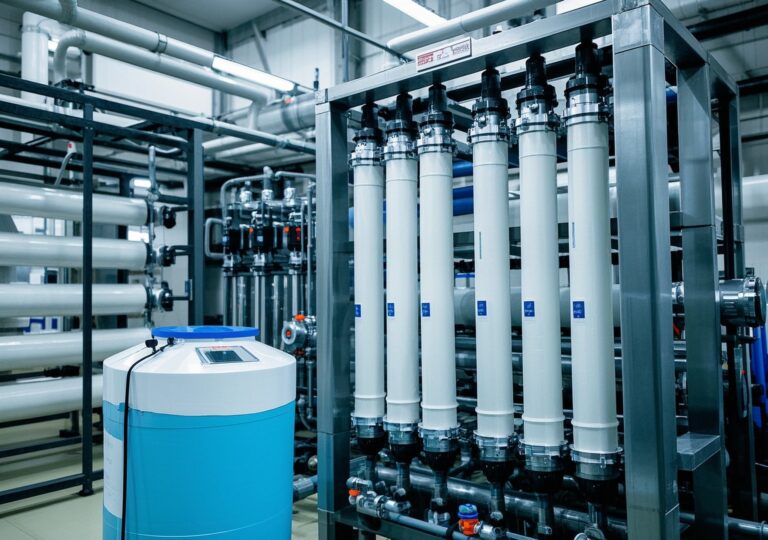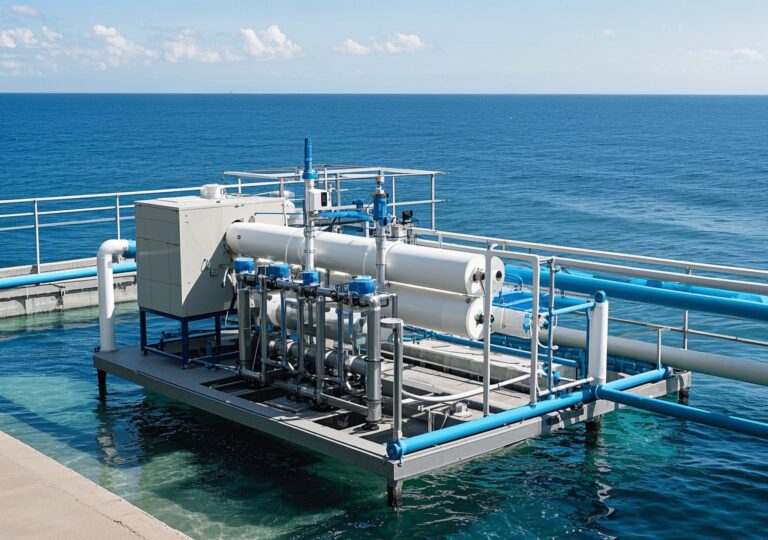Vivid Story: How ro water treatment plant for dialysis Changed Hospital Outcomes

Vivid Story: How ro water treatment plant for dialysis Changed Hospital Outcomes
Ensuring the highest water purity standards in dialysis centers is pivotal for patient safety and treatment efficacy. The integration of cutting-edge ro water treatment plant for dialysis systems has transformed hospital outcomes worldwide, offering not just operational excellence, but measurable health improvements. This article delves into the technology’s core, stringent quality standards, real-life hospital experience, and broader implications.
Understanding the Critical Need for Pure Dialysis Water
The dialysis process exposes patients to significant volumes of water—up to 40 gallons per session and nearly 19,000 gallons over three years—far exceeding typical oral consumption. Without rigorous purification, even potable municipal water can harbor chemical contaminants and microbial agents that threaten vulnerable patients.
Pure dialysis water safeguards patients against complications like pyrogenic reactions, hemolysis, and chronic inflammation. Thus, employing robust water treatment technology tailored specifically for hemodialysis is non-negotiable for healthcare providers.
The Science Behind RO Water Treatment for Dialysis
Reverse osmosis (RO) technology, at the heart of modern dialysis water treatment plants, operates by forcing water through semi-permeable membranes to remove dissolved solids, organic compounds, and pathogens. The system typically involves several stages:
- Pre-treatment: Removal of chlorine, chloramines, and particulates via multimedia filters and activated carbon to protect RO membranes.
- Reverse Osmosis: The core membrane filtration that separates up to 99% of contaminants.
- Post-treatment and Monitoring: Ultraviolet sterilization or ultrafiltration and continuous quality sensors to ensure compliance with purity standards.
This multi-barrier approach helps meet or exceed ANSI/AAMI RD62 and ISO 23500 standards, which specify maximum allowable chemical and microbial levels in dialysis water and dialysate.
Compliance and Quality Governance
Medical-grade RO systems must comply with a slew of rigorous standards beyond ANSI/AAMI, including FDA, USP, CAP, and IEC 60601-2-16 safety frameworks. These standards dictate equipment design, water quality parameters, and maintenance protocols, reducing variability and fostering patient safety across diverse clinical settings.
Real-world Impact: Hospital Case Studies
Drawing from my experience supporting multiple dialysis centers, I have witnessed profound benefits from integrating advanced ro water treatment plant for dialysis systems. For example:
- Case 1: A large urban hospital reduced endotoxin levels in dialysis water by over 95% within 3 months of upgrading to medical-grade RO systems, resulting in a 40% decline in patient pyrogenic reactions.
- Case 2: A rural facility implemented continuous sanitizer dosing and real-time microbial monitoring integrated with RO treatment, enabling early detection and rapid response to contamination events, avoiding potential treatment interruptions.
- Case 3: Across a multi-center network, optimized pre-treatment and membrane maintenance protocols extended RO membrane life by 30%, lowering operating costs while maintaining strict water quality.
Such operational insights, drawn from hands-on implementation, highlight not only technical benefits but enhanced patient care quality and better clinical outcomes.
Operational Guidelines and Best Practices
Successful deployment of RO water treatment plants for dialysis requires:
- Thorough Pre-installation Assessment: Understanding source water characteristics and contamination risk profiles.
- Professional Installation: Ensuring leak-free connections and appropriate pressure regulation.
- Routine Maintenance: Regular cleaning of RO membranes, filter replacements, disinfection cycles, and calibration of sensors.
- Continuous Monitoring: Deploying automated monitoring systems to detect deviations in conductivity, microbial levels, and endotoxin concentrations promptly.
These practices ensure ongoing compliance with quality standards and prevent adverse patient events.
Comparing RO Systems Against Alternatives
| Technology | Contaminant Removal | Compliance with Dialysis Standards | Operational Complexity | Cost Efficiency |
|---|---|---|---|---|
| Reverse Osmosis (RO) | Up to 99% dissolved solids, organics, microbes | Fully compliant with ANSI/AAMI, FDA, IEC standards | Moderate; requires pre-treatment and maintenance | High—Long-term membrane lifespan reduces cost |
| Ultrafiltration (UF) | Effective for particles and pathogens, limited dissolved solids removal | Supplementary; usually paired with RO | Low to Moderate | Moderate |
| Activated Carbon Filters | Chlorine removal; limited microbial reduction | Part of RO pre-treatment; insufficient alone | Low | Low initial cost but less comprehensive |
RO remains the gold standard for medical water purification due to its comprehensive contaminant removal and alignment with strict dialysis water regulations.
Patient and Clinician Testimonials
Healthcare practitioners have noted improved patient tolerance during dialysis sessions, citing fewer adverse reactions when treated with water purified by advanced RO systems. Patients reported enhanced overall well-being, attributing this to fewer infection episodes and cleaner dialysate. Such feedback reinforces the tangible benefits of investing in quality water treatment infrastructure.
Conclusion: A Vital Transformation in Dialysis Care
Implementing sophisticated ro water treatment plant for dialysis solutions fundamentally elevates the safety and efficacy of renal replacement therapies. Hospitals embracing these technologies comply with the highest global standards, reduce clinical complications, optimize operational costs, and most importantly, enhance patient outcomes.
As healthcare providers continue seeking innovations to improve treatment quality, reliable RO water treatment systems remain essential pillars. For facilities aiming to achieve impactful clinical improvements and uphold patient safety, prioritizing medical-grade reverse osmosis systems for dialysis water purification is an imperative step forward.
References
- Fresenius Medical Care – “Water Purity in Hemodialysis”
- MarketsandMarkets – “Medical Filtration Market, Industry Size Forecast Report”
- ANSI/AAMI RD62 and ANSI/AAMI/ISO 23500 Standards on Dialysis Water Treatment
- IEC 60601-2-16 Series – Medical Device Standards
- Association of Renal Technologists – “Guideline on Water Treatment Systems for Hemodialysis”
- FDA – “Reverse Osmosis” Compliance Policy Guide




